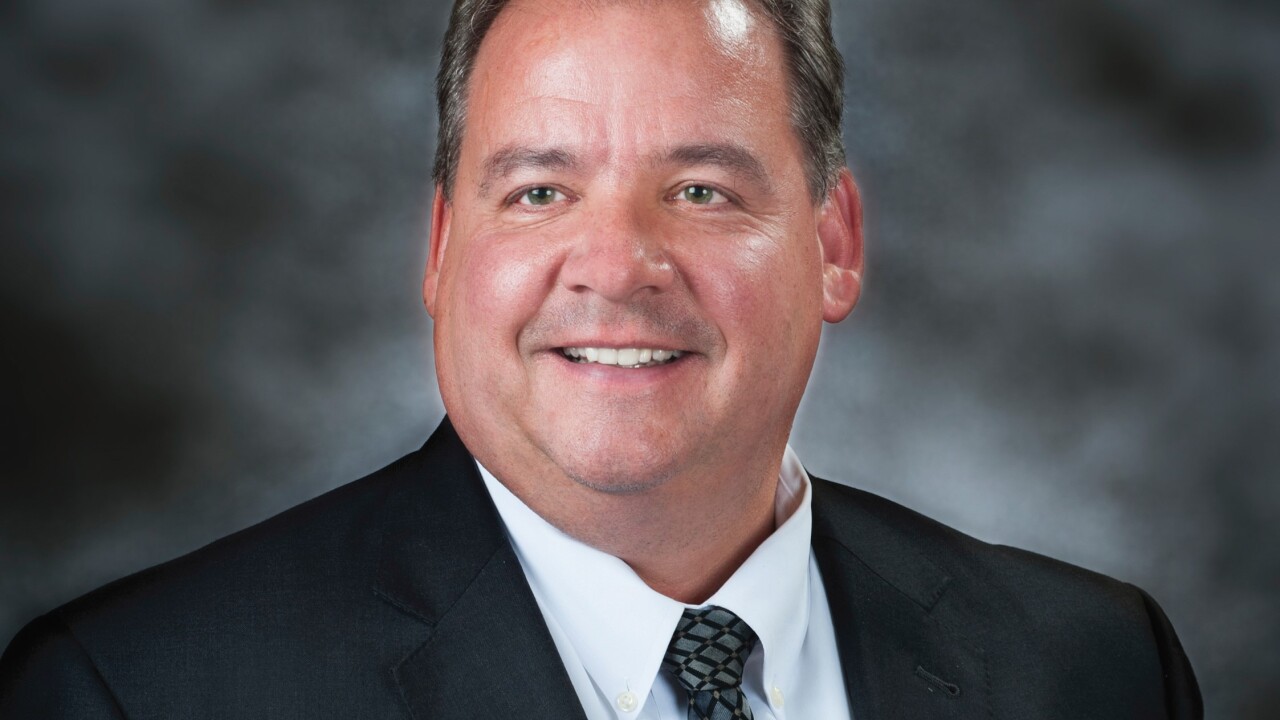The savings and loan debacle of the 1980s is still yielding some big criminal convictions - there was another last month - but investigations and trials involving individuals from the decade of greed are winding down at last.
In December, prosecutors in Miami successfully lowered the boom on one of the most extravagant figures in the thrift industry - David L. Paul, the former chairman of Centrust Bank.
Mr. Paul, who was convicted of multiple fraud and racketeering charges in connection with one of the largest banking collapses in history, began his 11-year prison sentence last week
"This was south Florida's most notorious white collar criminal," said Cheryl Bell, the financial crimes coordinator in the Miami U.S. attorney's office. "It's safe to say that there is no greater S&L crook on the East Coast than Paul. You have Keating (Charles H. Keating, former president of Lincoln Savings and Loan) on the West Coast and Paul on the East."
Mr. Paul's 11-year prison sentence and $65 million in restitution are slightly less than the punishment Mr. Keating received: 12 years in prison and $122 million in fines. These sentences are among the stiffest for crimes related to failed S&Ls. The top honor goes to Thomas Billman, a Maryland banker who began a 40-year sentence last June.
The news for those pursuing cases against alleged S&L crooks was not all good last month. Another big case involving a figure from that period, Thomas Spiegel of the failed Columbia Savings and Loan in California, resulted in an acquittal.
While Mr. Spiegel was found innocent of charges that he looted the Beverly Hills-based thrift that failed in 1991 and eventually cost taxpayers $1.2 billion, he still faces civil charges filed by the Office of Thrift Supervision. The OTS seeks to ban him from banking and collect $40 million to $50 million in restitution.
A hearing in that case will begin Feb. 27.
How much longer will S&L trials continue? The statute of limitations for criminal trials involving failed thrifts was extended in 1989 to 10 years, from five, so 1999 should see the end of many of these trials. But federal and state prosecutors point out that some crimes from that period are still just coming to light.
"Bank fraud is not something that just happens in one day," said Dwight P. Bostwick, deputy special counsel for financial institutions fraud at the Department of Justice. "It comes from a long series of actions that eventually go over the line. So it's hard to make a clean break as far as what cases we're dealing with came from the late 1980s. But I'd guess that about 20% of our cases now came from that period."
That figure translates into about 1,900 pending fraud cases as of June of 1994, according to the department's quarterly report to Congress. The report states that a total of 9,461 fraud cases are pending.
And the Justice Department has been largely successful with these cases to date. Despite the perception that many of the S&L crooks have escaped unpunished, federal prosecutors have convicted more than 95% of the defendants they have charged, according to the congressional report.
It The department has brought successful bank fraud trials against 4,734 individuals since 1989. The peak year for convictions was 1992, with 1,185. The figure for the first six months of 1994 was 679.
As for the Resolution Trust Corp., one of the agencies that handles civil cases, it still has 283 lawsuits against S&L individuals pending as of Nov. 30. These must be completed within the next 12 months because the RTC will be disbanded by yearend.
"The overall story is that we've recovered almost $1.2 billion, said Thomas L. Hindes, associate general counsel for the professional liabilities section of the RTC. "Expenses have been under $335 million. That's a positive ratio for this type of resolution."
Some observers believe there haven't been more trials simply because in many instances, as prosecutors acknowledge, there is no money left to recover.
"If the individual doesn't have any assets, there's no point in going forward with a lawsuit," said Paul M. Horvitz, professor of banking and finance at the University of Houston. "I wouldn't criticize them (federal prosecutors) for that. If there's nothing to go after, there's nothing to go after."
Mr. Horvitz can personally testify to the fact that prosecuting S&L crooks is a long-term business. He is currently serving as an expert witness in an S&L trial involving charges from 1985.





